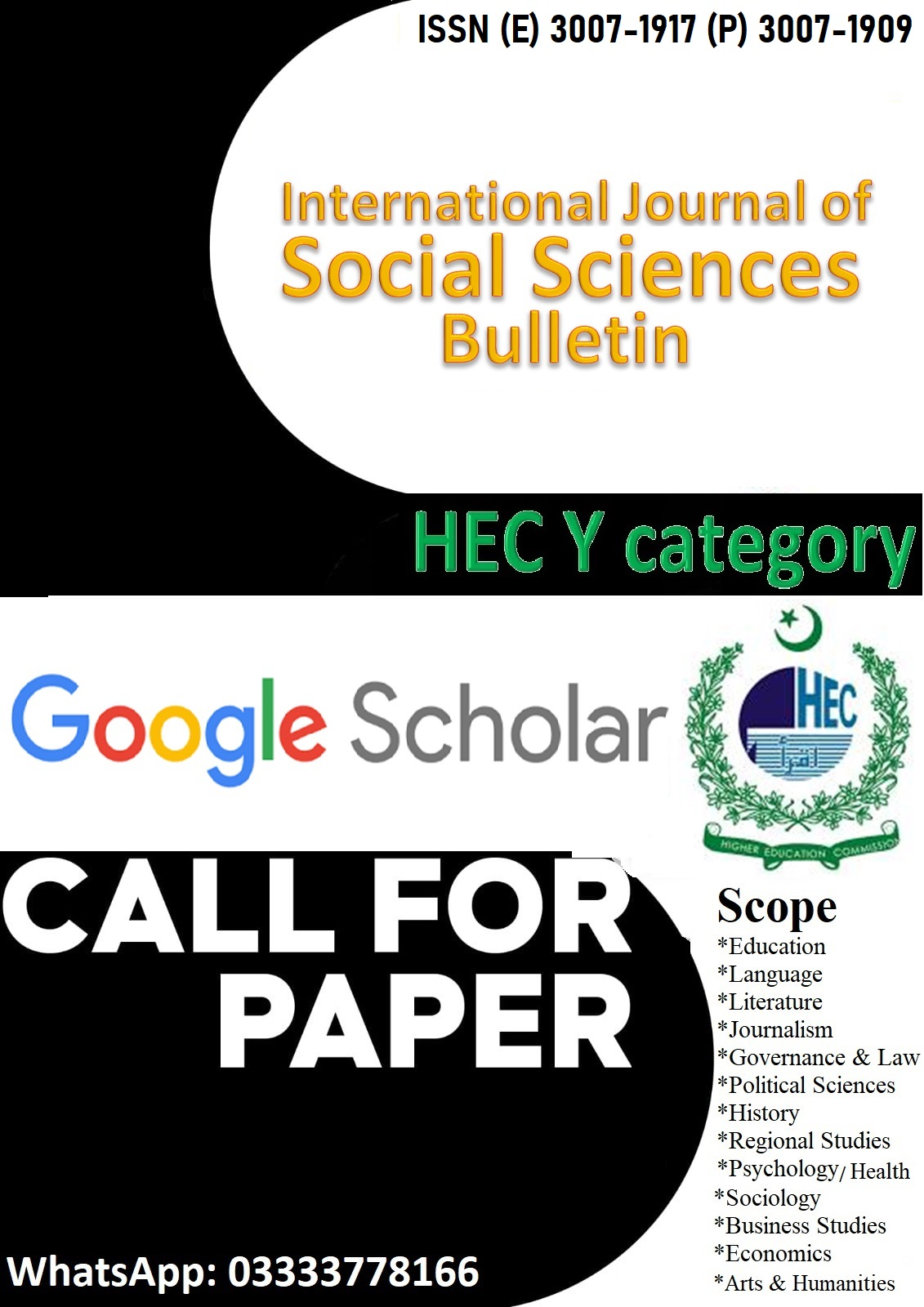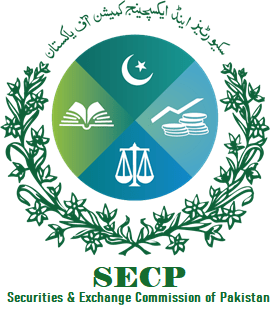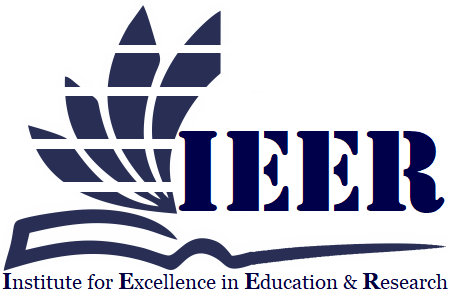THE MUSE AND THE MACHINE: EXPLORING THE IMPACT OF GENERATIVE AI ON THE FUTURE OF CREATIVITY IN ENGLISH POETRY
Keywords:
Generative Artificial Intelligence, English Poetry, Creativity, Authorship, Co-creativity, Human–AI CollaborationAbstract
The Muse and the Machine explores how generative artificial intelligence (GenAI) is reshaping creativity, authorship, and pedagogy within the domain of English poetry. Once considered the pinnacle of human imagination and emotional expression, poetry now faces new challenges as large language models demonstrate the ability to produce verses that are formally convincing and stylistically sophisticated. This study investigates how readers perceive AI-generated poetry in comparison with human compositions, using surveys and interviews with students and faculty to evaluate qualities such as imagery, metaphor, structure, and emotional depth. Results suggest that while readers often described AI poems as polished and technically accurate, they also identified a lack of personal voice and lived experience, underscoring a persistent tension between technical mastery and emotional authenticity. These findings reveal both anxieties and possibilities: some fear displacement of human poets, while others embrace AI as a co-creative partner. Grounded in theories of creativity, authorship, and co-creativity, this paper argues that generative AI does not replace the human muse but reframes the creative process. For educators and scholars, particularly in contexts such as Pakistan, the challenge lies not in resisting AI but in integrating it critically—using it as a tool to expand poetic experimentation while cultivating authentic human voice and cultural identity.
Downloads
Published
Issue
Section
License

This work is licensed under a Creative Commons Attribution-NonCommercial-NoDerivatives 4.0 International License.

















